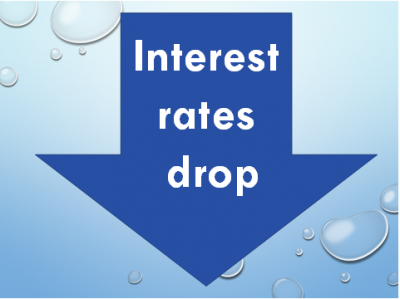 Bank of Jamaica slashed their overnight policy interest rate by a hefty 50 basis points to 0.75 percent per annum, effective 20 May 2019.
Bank of Jamaica slashed their overnight policy interest rate by a hefty 50 basis points to 0.75 percent per annum, effective 20 May 2019.
This decision reflects Bank of Jamaica’s assessment that inflation will remain low for until the end of 2020 as well as provide added stimulant for faster economic growth.
The reality is that there is a huge disparity between the move by the central bank and government policy. While the central bank lowers the rate to stimulate the economy, the government has artificially helped in keeping bank lending rates much higher than needed by taxing customers of banks by high taxes on banks that is resulting in interest rates being around 3 percent points higher than they should. This is where the focus needs to be and not on lowering on savings rate.
Low inflation is here to stay, despite the central bank’s continued focus on an excessively high 4 to 6 percent range. The lowering of interest rates is hurting savers particularly pensioners who have to rely on savings.
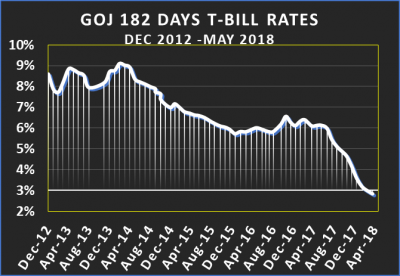 According to Bank of Jamaica, the decision is intended to stimulate an even faster expansion in private sector credit which should lead to higher economic activity, consistent with the inflation target. The move also comes at the same time that the bank announced the lowering of the cash reserves that commercial banks need to keep with the central.
According to Bank of Jamaica, the decision is intended to stimulate an even faster expansion in private sector credit which should lead to higher economic activity, consistent with the inflation target. The move also comes at the same time that the bank announced the lowering of the cash reserves that commercial banks need to keep with the central.
What are the implications, investors looking for yields on local bonds will be getting less on the dollar for savings. Stocks will become more attractive as dividends in a number of cases are paying more than Treasury bill rates that sits at 2 percent per annum. Real estate will benefit from more demand as an alternate form of investing.
Prices in Jamaica plunged for December
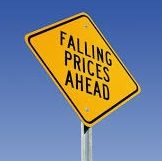 Prices in Jamaica on average, fell sharply by 1 percent in December last, bringing inflation as measured by the country’s Consumer Price Index to 2.4 percent for the calendar year. The fall in inflation for December occurred across several main categories of goods and services.
Prices in Jamaica on average, fell sharply by 1 percent in December last, bringing inflation as measured by the country’s Consumer Price Index to 2.4 percent for the calendar year. The fall in inflation for December occurred across several main categories of goods and services.
The movement in the index for the fiscal year-to-date was 2.7 percent. The rate of increase on average is well below the target set by the government for the central bank to aim at, for the fiscal year of 4 to 6 percent. Had it not been for a spike in the rate of exchange between April and September last year, the rate for the year would have been even lower than the final numbers reported.
Food and Non Alcoholic Beverages and the Transport division declined by 1.5 percent. The fall in Food and Non-Alcoholic Beverages resulted from a decline of 6.2 percent in Vegetables, Starchy Foods due to increased supplies of agricultural produce the Statistical Institute of Jamaica (STATIN) stated. The decrease in the Transport was due to lower prices for petrol, while Housing, Water, Electricity, Gas and Other Fuels fell by 1.3 percent, due mainly to reduced rates for electricity, sewage and water rates.
BOJ senses pick up in GDP growth

Image courtesy of arztsamui/FreeDigitalPhotos.net
Economic activity may has picked up pace in the latter half of the year compared with the first half, with a strengthening in real GDP growth and employment over the second half of the year, Bank of Jamaica is suggesting.
The central bank was commenting on the increase in money in circulation for December. “This projected acceleration in the growth in real currency demand for December 2018 is consistent with the higher growth rate that has been evident between August and November 2018,” the central bank stated. Economic growth in the June quarter was preliminarily placed at 2.2 per cent by the Statistical institute of Jamaica.
The bank went on to say, “when the forecasted change in the general level of consumer prices is taken into account, the projected real growth in currency for the 2018 is 10.5 percent, which is higher than the real growth of 7.3 percent for the previous year.”
The projected currency stock of $128 billion at end-December 2018 represents an annual growth of 15.5 percent, an acceleration when compared with the 12.9 percent recorded at December 2017.
Bank of Jamaica projects that the value of currency issued by the Bank will increase by approximately $18 billion (or 16.5 percent) in December 2018 to end the month. The central bank states that the projected growth for the month is broadly consistent with the 16.5 percent growth recorded for December 2017 as well as the five-year average growth rate of 17.3 percent for December.
BOJ net issued $4.2 billion in currency for December up to 14, this year (representing a 3.8 percent growth for the month to date). This compares to net currency issue of $1.4 billion over the same period in 2017.
Early Xmas present for Jamaicans

Imports of fuel fell in 2016
The price of West Texas Crude oil is now down to 55.73 per barrel for the first time in almost a year. The price was at US$55.33 at the start of November last year and started to climb sharply after December to hit US$71 by mid-May this year and just over US$76.40 at the beginning of October before it started a steep decent to today’s level. The technical chart suggest that it could go lower still with excess supplies on the world market and slowing demand.
The cut in price has several implications for Jamaica that is a big importer of the product. It could mean savings in
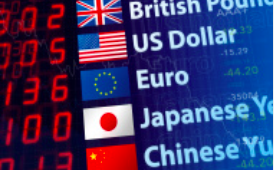 Foreign exchange around US$40 million per month at the current price. It will ease consumers cost as prices of petrol and electricity fall, but government will collect less taxes from petrol and GCT from JPS bills.
Foreign exchange around US$40 million per month at the current price. It will ease consumers cost as prices of petrol and electricity fall, but government will collect less taxes from petrol and GCT from JPS bills.The fall also has implications for Bank of Jamaica with their inflation targeting, pitched extremely high originally at more than 4 percent and revised recently down to 3.5 percent on the low end for the fiscal year to March 2019. Those targets seem off as the fall in the price of oil coupled with the sharp revaluation of the local dollar is set to push the country through another round of deflation once more.
BOJ FX auction rate drops $1 to $132.75
 The average rate for the sale of the US$10 auction sale by Bank of Jamaica in its regular B-FXITT Standard Intervention on Wednesday, fell by $1 to $132.74 this week from $133.75, in the previous week’s auction.
The average rate for the sale of the US$10 auction sale by Bank of Jamaica in its regular B-FXITT Standard Intervention on Wednesday, fell by $1 to $132.74 this week from $133.75, in the previous week’s auction.
The central bank offered US$10 million to eligible bidders that attracted 31 bids amounting to $21.5 million, 17 bids were accepted and resulted in an average rate of $132.74. the out turn suggest that rates in the spot market for foreign exchange could decline in the next series of trading.
Interestingly, the highest bid was priced at $133.90 and the lowest at $130.83. The lowest bid that was successful was at $132.30 and received just 16.3 percent of the amount applied for.
The final scheduled auction for October will be on the 17th when US$10 million will be auctioned.
In trading on the foreign exchange market on Tuesday, dealers bought $46.28 million in US dollar currency at an average of $132.39, slightly below the rate in today’s auction. Dealers sold US$46.94 million at an average rate of $133.34 overall, trading of all currency amounted to just over $55.3 million for both selling and buying. In trading on Monday, US dollars purchase amounted to just US$20 million at an average rate of $131.11 and sale of US$34 million at $133.99.
On Monday overall, trading of all currencies, amounted to just over $25 million and US$36.74 million, buying and selling respectively.
Jamaican$ plunges below $134 to US$1
 In another day of buoyant foreign exchange trading, the Jamaican dollar pushed below the $134 mark for one US dollar at the close of the market on Friday.
In another day of buoyant foreign exchange trading, the Jamaican dollar pushed below the $134 mark for one US dollar at the close of the market on Friday.
Dealers bought US$48.8 million at an average rate of $132.914 and sold US$46 million at $133.80 bettering the closing rate on Thursday of $134.02 for the $40.32 million sold and a bit higher than the $132.88 for the US$30.92 Million bought by dealers.
Overall the market had US$56.6 million of inflows of all currencies and US$53.17 million of sales on Friday compared to the buying of US$45.26 and the selling of US$44.58 million of all currencies.
Friday’s rate is the lowest since July 24, when it averaged $134.05 with July 23 just below at $133.39. The local dollar slipped to its lowest level ever on August 23, this year at $137.96
J$ rate could make more gains
 The rate of exchange for the Jamaican dollar versus the US dollar could fall below the J$134 mark at the close of trading on Thursday for the first time since the early summer.
The rate of exchange for the Jamaican dollar versus the US dollar could fall below the J$134 mark at the close of trading on Thursday for the first time since the early summer.
At mid-day on Thursday, the average rate for selling US dollar, declined to J$133.999 for one US dollar, down from $134.25 on Wednesday, $134.43 on Tuesday and $134.51 on Monday.
In Thursday trading, at mid-day, dealers bought $14 million in United States dollars and sold $12 million while they bought Can$ 15 million and sold just $4 million. That compares with Can$ 5 million being purchased on Wednesday and selling of Can$11 million.
The softening in the rate for the US dollar comes from the Bank of Jamaica’s weekly intervention into the market, by a scheduled sale of US$10 million on Wednesday.
BOJ next scheduled sale is US$10 million each on 10th and 17th of October with none planned on October 24.
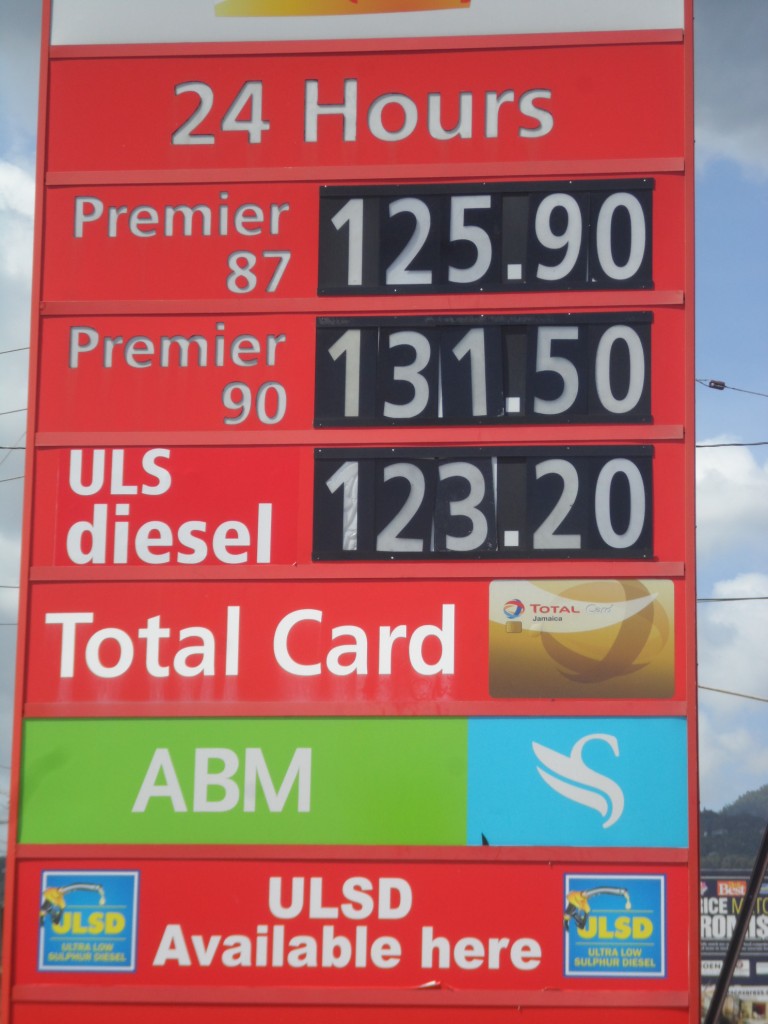 The price of
The price of 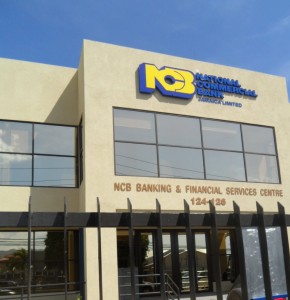
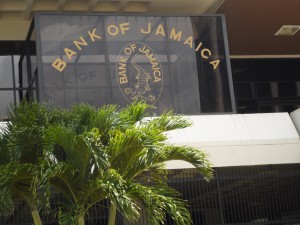 Jamaica’s Net International Reserves slipped by just US$32 million in September according to data just released by the country’s central bank – Bank Of Jamaica ( BOJ).
Jamaica’s Net International Reserves slipped by just US$32 million in September according to data just released by the country’s central bank – Bank Of Jamaica ( BOJ).





